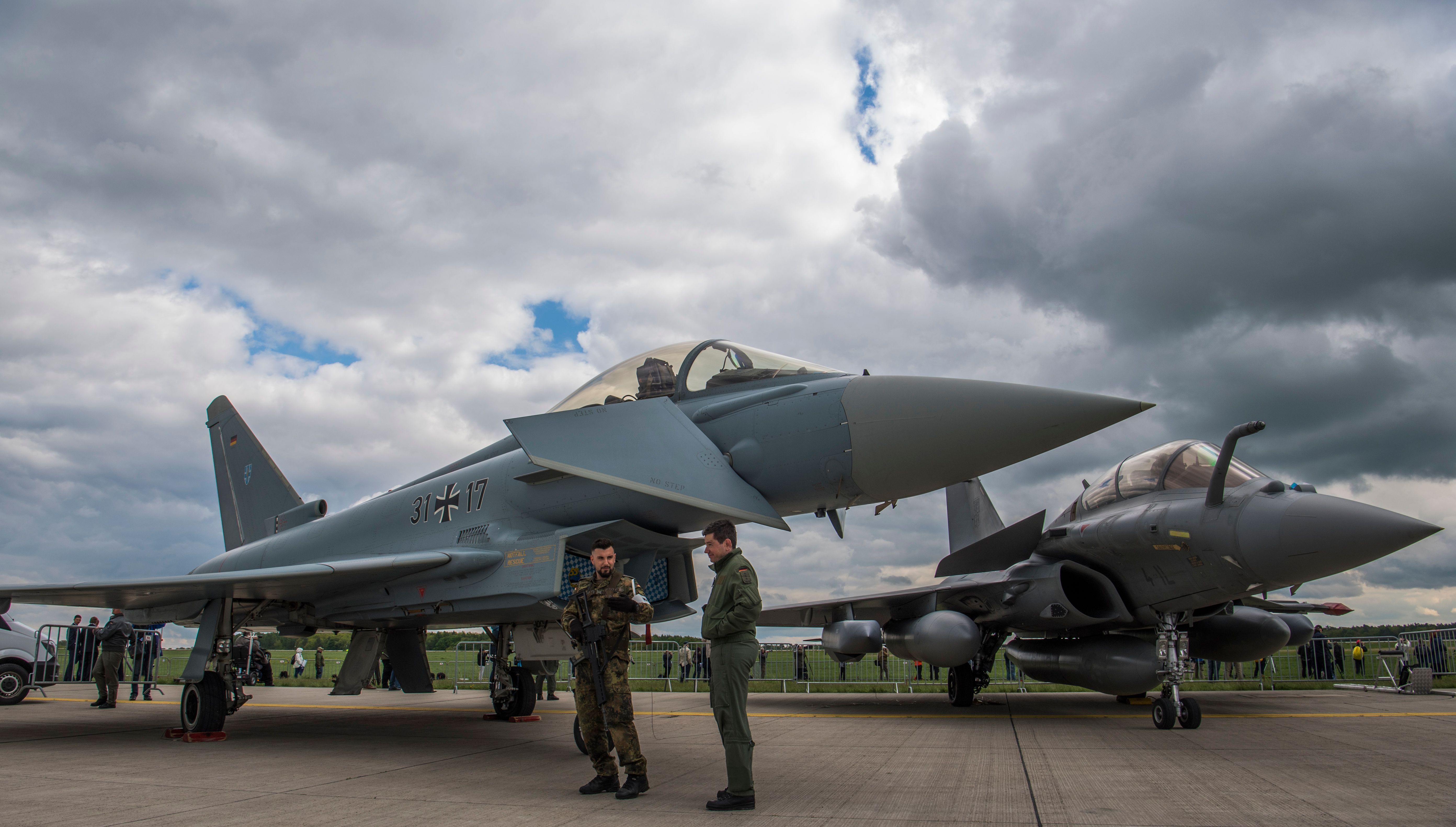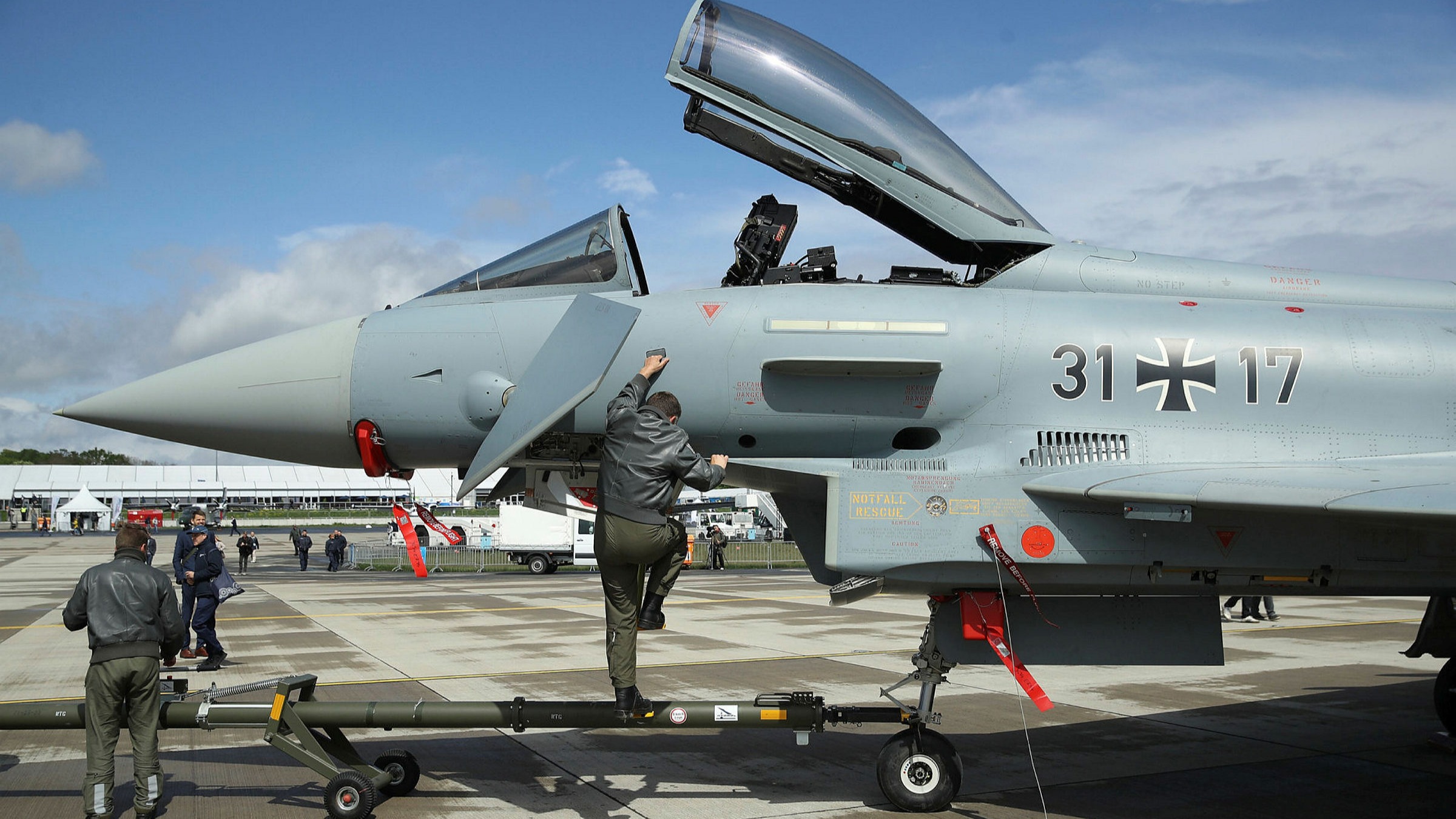

South Korea, Turkey, and Japan are all reportedly considering their own 5th generation stealthy fighter designs, in addition to the growing dominance of the F-35.
#Modern german fighter jets full
Regardless of the national political or economic considerations, any new Franco-German fighter could run into trouble simply because of the already complex international market for such aircraft, which is full of advanced fourth generation designs and fifth-generation proposals and early-stage development programs. “We Europeans have to take fate into our own hands.” The announcement also did came as Trump touched down in France for a state visit, but there's no firm evidence the two events were related. “The times in which we could completely depend on others are, to a certain extent, over,” Merkel said at a political rally in May 2017, in what many saw an indirect, but clear reference to the United States. We don’t know whether or not the outcome of that meeting, or the tensions between Germany and the United States over a host of issues, had any impact on the decision to start the project with France or if this truly ends German interest in the F-35. "The F-35 is one of many options we are exploring," a spokesman for the country’s Federal Ministry of Defence said, according to Reuters on July 11, 2017. defense officials had briefed their German counterparts on the issue just days before the Franco-German announcement on the new fighter jet. Similarly, in May 2017, it emerged that German officials had begun inquiring about joining the Joint Strike Fighter program, but apparently only as a potential Tornado replacement. The main goal of the NGWS program was actually to replace the Tornado first and worry about the much more modern Typhoons later. This swing-wing design dates back to the 1970s and the Luftwaffe is desperate to replace the aircraft, which are increasingly becoming a maintenance nightmare.

In addition, it’s uncertain how this agreement will effect’s Germany’s plans to replace its aging Tornados. … The time is right for us in Europe to decide and to decide to build something together and be available for all of us," There's no place to do two or three different systems. "I really hope that France will be involved," Fernando Alonso, in charge of head of Airbus Defence and Space's military aircraft division, told reporters on June 9, 2017. So, perhaps, not surprisingly, in June 2017, ahead of the annual Paris Air Show, Airbus said it would welcome French participation in the NGWS/FCAS project. Brexit in particular could threaten to scuttle an Anglo-French project to jointly develop a successor the nEUROn and Taranis, also confusingly called FCAS. Now it appears that the political climate has shifted, especially in light of the United Kingdom’s plans to leave the European Union, more commonly known as Brexit, and strained relations between countries in Europe and President Donald Trump’s administration in the United States. There are also a number of European UCAV projects in the works, including the French Dassault nEUROn – which was a pan-European project as the spelling implies – and the BAE Taranis. France alone continues to operate a number of older Mirage 2000 jets, as well. At present there are four European-designed multi-role jet aircraft still in active service with multiple countries on the continent, the Rafale, Typhoon, Tornado, and the Swedish-made Saab Gripen.

However, the decision of the French to drop out of the Typhoon development program and pursue its own aircraft, which became the Rafale, had soured Germany and many others on a new joint project for years.


 0 kommentar(er)
0 kommentar(er)
